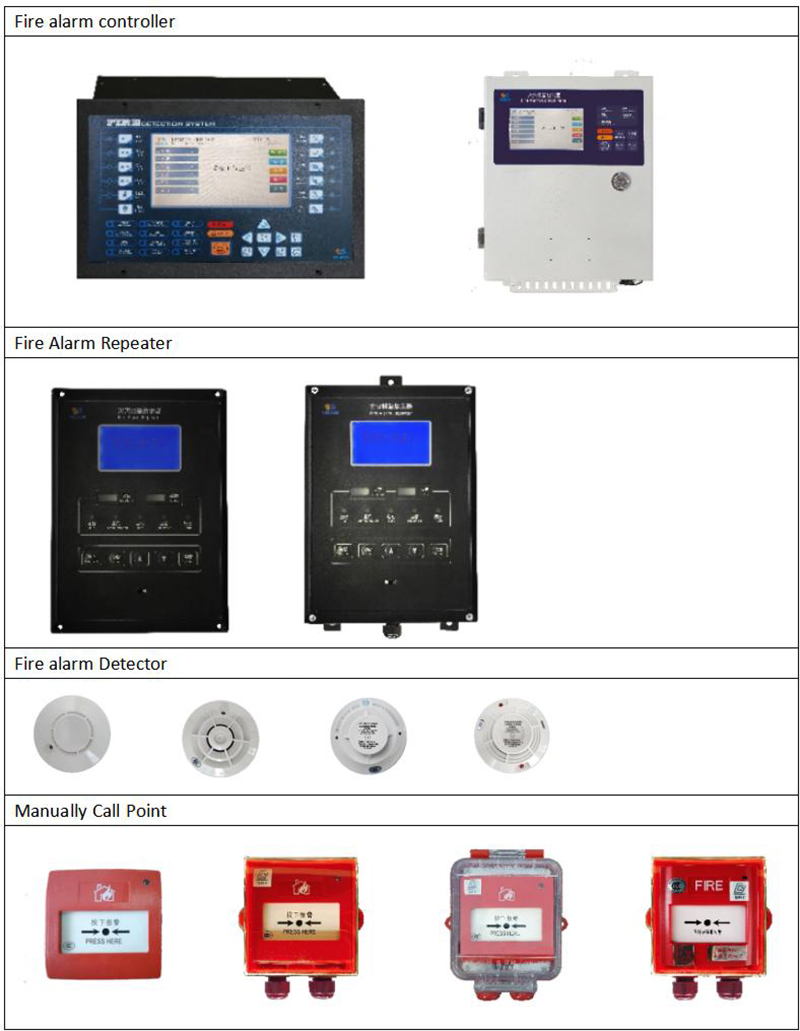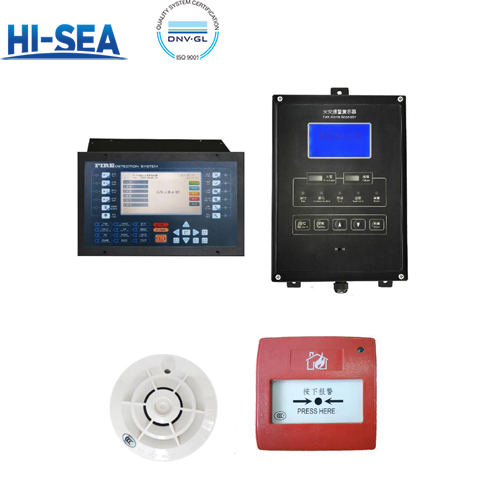
Fire Alarm System
A marine fire alarm system is a crucial safety feature on ships designed to detect and alert crew members of fire or smoke. These systems typically include fire alarm control panels, smoke detectors, heat sensors, manual call points, and alarm bells. When triggered, the system provides visual and audible alarms, allowing for quick response to potential fire hazards. Marine fire alarm systems are essential for ensuring the safety of the vessel and its occupants, complying with international maritime safety regulations.
Overview
General functions
Fire alarm detector wiring: 2 bus system
Maximum number of loops: 4(each loop less than 160pcs)
Function of historical record: fire alarm history record, fault alarm history record, block history, regulatory history, activation history, and other history record (including on, off, reset, etc.) each record 999.
Built-in battery
Output port: DC30V/1A
a) instant alarm output: passive contact is output when alarming.
b) two-minute delay alarm output (for general alarm panel): passive contact is output when alarming.
c) VDR output interface (two-wire --RS485 serial port)Linkage programming number: 12 in total
Main technical data
Power supply:
Main power supply: AC220V±10%,50Hz/60Hz±5%
Emergency power supply: DC24Vor AC220V±10%,50Hz/60Hz±5%
Battery(optional): DC24V±4V
Power consumption:
static state: ≤5W,
alarm state: ≤12W(25pcs detector is in fire state at same time)
Alarm sound level: 75dB~95dB
Output contact capacity: DC30V/1A
System configuration






